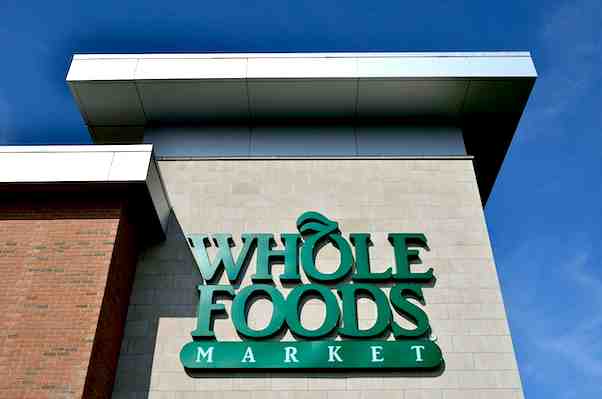
Whole Foods Market’s organizational structure facilitates the company’s effectiveness in satisfying market demand. The characteristics of this organizational structure influence retail business capabilities. The business structure enables the enterprise to ensure that its systems or arrangements of resources and activities support business goals and competitive advantages, as enumerated in the SWOT analysis of Whole Foods Market. The company’s organizational design and structural characteristics define lines of authority, command, communication, and interactions among workers and business partners in the retail industry. With hundreds of locations, Whole Foods’ organizational structure enables flexibility in addressing challenges in the market.
Whole Foods Market’s organizational structure is based on differences in market conditions. Also, business functions and products define the retail company’s corporate structure. Success in achieving the goals of Whole Foods Market’s mission statement and vision statement depends on support from the company structure and other aspects of the organizational design of the business.
Features of Whole Foods Market’s Organizational Structure
Whole Foods Market has a divisional organizational structure. Each division has a function-based or functional organizational structure. The following are the main characteristics of Whole Foods’ organizational structure:
- Four-tier hierarchy
- Geographic divisions
- Functional structure in each division
- Teams
Four-tier hierarchy. Whole Foods Market has a global hierarchy in its organizational structure. In this hierarchy, there are four main levels or tiers, namely, (a) global headquarters, (b) regional offices, (c) facilities, and (d) stores. This aspect of the retail company structure has vertical lines of authority, command, and communication. For example, facility managers report to regional presidents, and regional presidents report to executives at the global headquarters. This hierarchy in Whole Foods Market’s organizational structure supports corporate monitoring and control over the entire enterprise.
Geographic divisions. Whole Foods currently has 12 geographic divisions for its operations in the U.S., Canada, and the U.K. This aspect of the company’s organizational structure involves regional offices. Each regional division office is responsible for adjusting business activities to regional market conditions. For example, in the United States, this company structure facilitates business management that accounts for the competitive strategies of other retailers, like Walmart and Costco Wholesale, and their effects on Whole Foods Market. Thus, through geographic divisions, the retail company structure maintains sufficient flexibility for addressing differences among regional markets. In this way, the corporate structure supports Whole Foods’ marketing mix (4P) in implementing a marketing strategy that accounts for differences in regional markets.
Functional structure in each division. In each geographic division of its organizational structure, Whole Foods Market uses a functional structure. This functional organizational structure involves departments corresponding to business functions. For example, each regional division has a president and regional administrators, such as a human resource manager and a marketing manager. This aspect of Whole Foods’ organizational structure maximizes flexibility of regional operations because each regional administrative team implements mandates and strategies based on regional market conditions.
Teams. Whole Foods Market’s organizational structure involves teams. While the company uses teams in various areas and levels of its organization, the store teams are the most notable. Each store has sales teams for different product lines and business functions. In some stores, teams compete in generating revenues. This aspect of the business structure supports business profitability through sales talk and retail service directly provided to customers. Whole Foods Market’s organizational culture (work culture) influences the effectiveness of this characteristic of the company structure.
An Assessment of Whole Foods’ Organizational Structure
Whole Foods Market’s organizational structure is suitable for supporting global business. The flexibility of the geographic divisions allows the retail company to adjust its business to variations among regional markets. In this way, the company optimizes its supply chain and store operations. This corporate structure also enables the firm to optimize the ability to satisfy the preferences of its target consumers or shoppers. Furthermore, because of the flexibility based on its organizational structure, Whole Foods Market minimizes waste and spoilage by offering only the products that target consumers want.
References
- Amazon.com, Inc. – Form 10-K.
- Ben Zammel, I., & Najar, T. (2024). Nexus between technological capital, organizational structure and knowledge sharing in organizational restructuring initiatives. VINE Journal of Information and Knowledge Management Systems, 54(4), 896-915.
- Malenko, N. (2024). Information flows, organizational structure, and corporate governance. In Handbook of Corporate Finance (pp. 511-546). Edward Elgar Publishing.
- Whole Foods Market – Leadership Team.
- Whole Foods Market – National & Regional Offices.